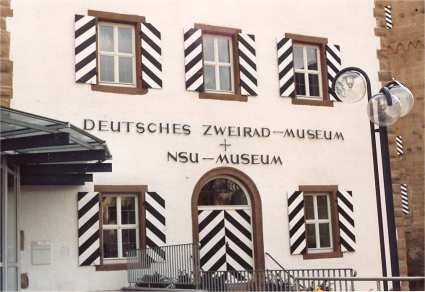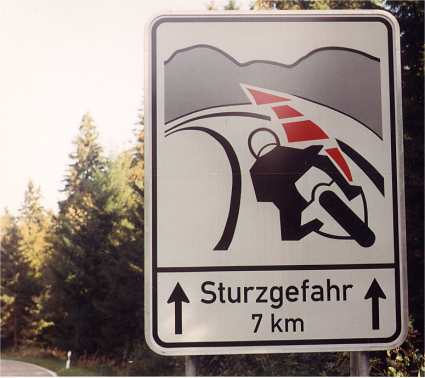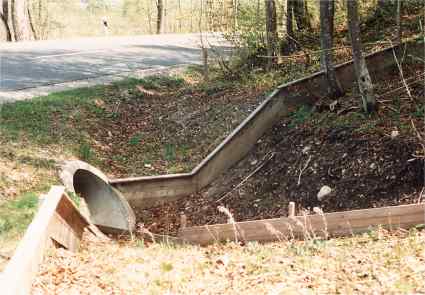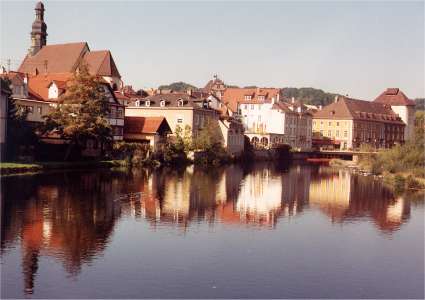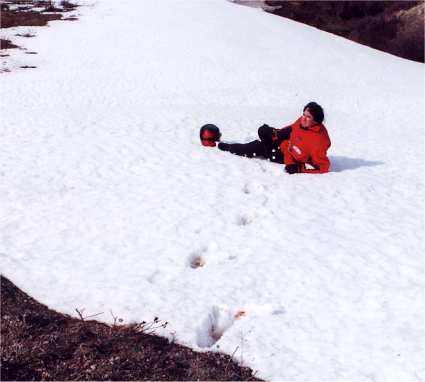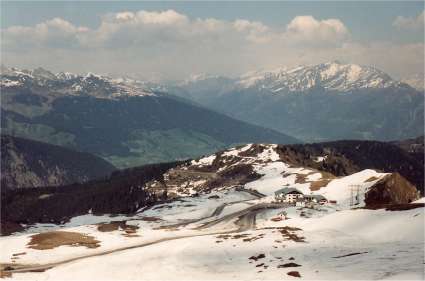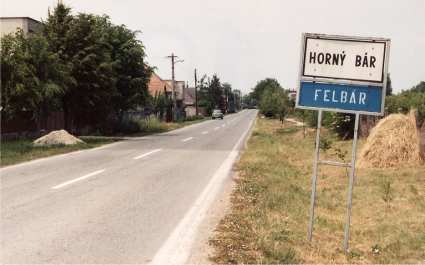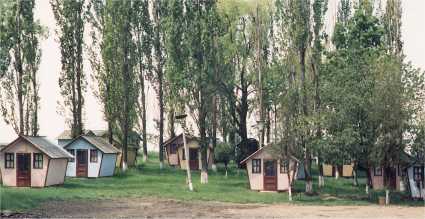|
|
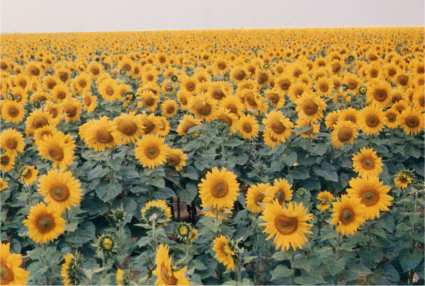
Sunflower fields dot the countryside in Germany, where May found me landing and collecting the motorcycle from the shipping company in Heidelberg. The “sonn” flowers in this picture were about the only “sun” I saw in Germany, which in early May was living up to its reputation of being a cold and wet country. It rained nearly everyday. My first stop was in Heidelberg, where I collected my motorcycle from having been shipped by boat in a container from Bike Week in Florida in March. Before I could start to work on my Kawasaki KLR motorcycle, re-assembling it after having taking some parts off for shipping, the owner of the shipping company asked me for a small favor: to get his 1947 Indian Chief running. He had purchased it after a well-known Indian aficionado, and friend of mine, in the United States had restored it. When he got it to Germany and started it for the first time, the Chief had only run for a minute before it quit. He had not been able to get it started again. New to him, and his BMW mechanic, the Chief was a puzzle. He knew I owned several Chiefs and raced a 1936 Indian Sport Scout, so assumed I would know why his Chief would not run. After I asked him if there was gas in the gas tank and the battery fully charged, and he said “Yes,” I did not have the heart to tell him it would probably be as big a puzzle to me, but agreed to take a look at it. I got lucky, impressing both him and myself. I diagnosed the problem on first guess; the points were not opening. Five minutes after I started to solve the puzzle, we had the Chief running smoothly, starting on the first kick. Knowing he had a good thing going by having a “captive Indian mechanic,” he asked me to accompany him with his Chief to the German TUV for an inspection and certification so it could legally be driven on the German roads. I expected this to be a huge problem, because the TUV is probably the second toughest motorcycle inspection in the world, the first being the Swiss TUV. Several years ago I had worked on a project to get an Indian Chopper through the Swiss TUV, so knew how difficult the inspection could be. At the German TUV, the first problem we encountered was when the inspector, an unyielding older man, said he could not pass it because the sealed beam headlight was wrong. What I saw as a silent observer was rain clouds rolling in, and the clock showing only a few minutes left before closing time, which meant bier time. An extended inspection was not going to happen. The motorcycle was either going to pass quickly or have to be brought back on another day. After some haggling, and my quiet assertion that the 1947 light had not been a problem on other Indian Chiefs I knew were TUV approved, he agreed the rule he looked up in a TUV technical manual applied only to motorcycles made after 1954, so the first hurdle was overcome. I had gotten lucky again, lucky to remember a piece of trivia from the Swiss TUV. The next problem was he could not find the VIN numbers on the frame, which I pointed out on the lower left shock absorber. Problem #2 was out of the way and I felt we were moving along just fine at that point. |
|
| The next problem was not so easy to solve, that being the braking system, a notoriously deficient system on the Indian Motocycles, even when new. The inspector wanted the owner to drive the motorcycle up and down the street, applying the brakes at a given hand signal. The owner, never having ridden the Chief before, but knowing the difficulty of using a foot clutch and hand shift, handed me the keys and asked me to perform the task. I felt my luck fade, as did my smile. I had earlier tried the front brake and knew it needed to be adjusted with a wrench we did not have. I also knew, even when perfect, the front brake was like a bicycle brake trying to slow down a 1,000 lb. Gold Wing. The other problem I flashed on was getting the Chief running. It had been an hour since we first got it started and the temperature had changed from warm to cool as rain clouds were swirling around. Not every Indian Motocycle starts and stops the same. I fumbled the starting procedure enough times for my right leg to feel like wet spaghetti, then finally got it running. I made a short ride down the street, turned around, then rode back towards the inspector, who held out his hand for me to stop, which I did, using both the front and rear brake. It was a lucky stop, because I had anticipated when he would give the instruction to stop, so already had my rear brake under slight foot pressure. It was the panic stop test and we (the Chief and I) did not panic. Next the inspector made it known he wanted me to perform the same stop, but by using the front brake. I knew this would result in our flunking the test because the front brake on a 1947 Indian Chief works by prayer only, and then only in a maximum combination with the rear brake, so I rode past him seeming not to understand his instructions. I knew if I tried to stop when he wanted me to, and having to use the rear brake, he could see my right foot because it was on his side of the motorcycle. By riding past him, I was able to turn around and make another pass, this time “understanding” his instruction when he flagged me to “Stop.” This time he could see my right hand fully squeeze the front brake lever. We made a smooth stop and I prayed he did not want me to do it again. With droplets of rain falling, he was satisfied. Later, the owner wanted to know how I managed to stop the bike so well using only the front brake. I told him it was an “OIT,” which in Indian Country (as in Native American where I come from) OIT stands for “Old Indian Trick.” For me, on a 54-year-old motorcycle, I thought it was an appropriate term to apply to the Indian Chief. I told the owner he should spend some time thoroughly learning how to use his braking system, and the engine to assist, before attempting to ride in traffic. I also suggested allowing more than sufficient distance for panic stops, new brake pads, and a serious adjustment to the front brake and carrying a pocket full of prayers. It was a lucky prayer that got us through the TUV that day.
The German Two Wheel and NSU Museum in Neckarsulm, Germany is a great motorcycle museum, and worth a 2-3 hour stop. Housed in an old castle, the museum has a mixed presentation of motorcycles from around the world, including numerous Indian and Harley-Davidsons, as well as an extensive NSU collection. I have been there several times, and never been bored. |
|
|
|
||
|
| ||
|
Copyright © Dr. Gregory W. Frazier 1999- All Rights Reserved.
Thoughts and opinions expressed here are those of the author, and not necessarily Horizons Unlimited
|
